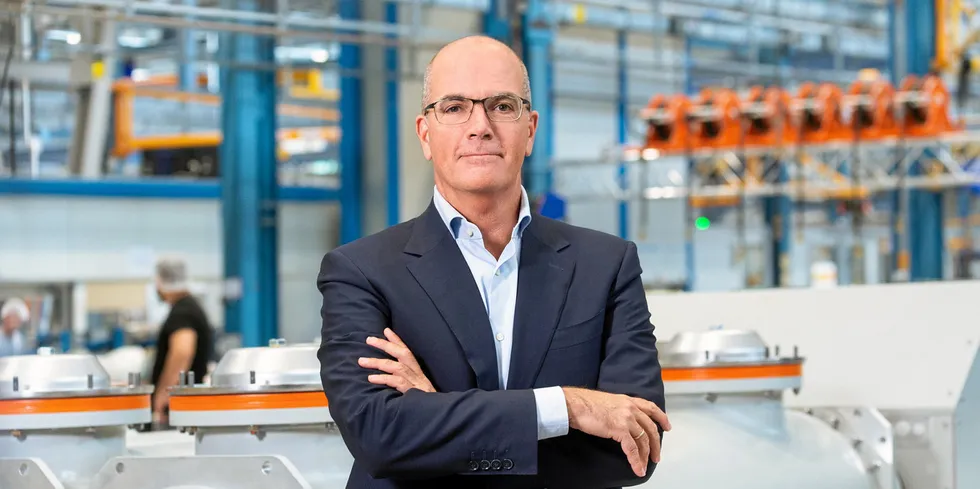'Strengthen global power grids for the renewables revolution or get set for a bumpy ride'
Clean energy investment will reach $2trn a year by the end of this decade but the world will miss out on the fullest economic benefits unless we seriously upgrade our power transmission infrastructure, writes Claudio Facchin
